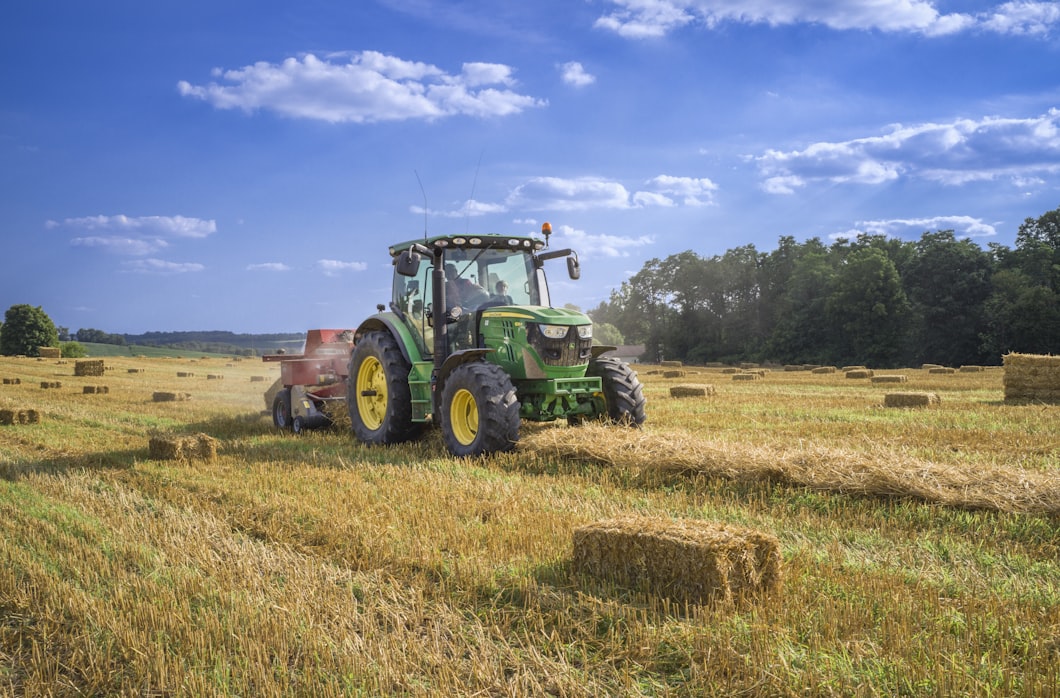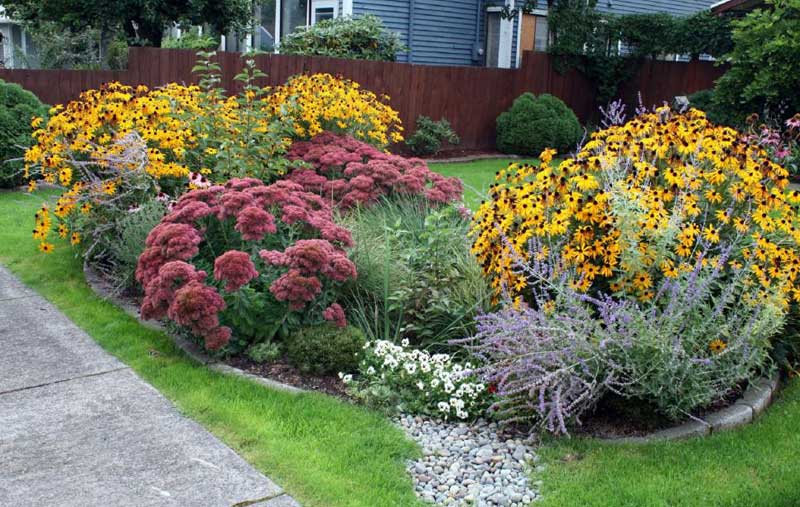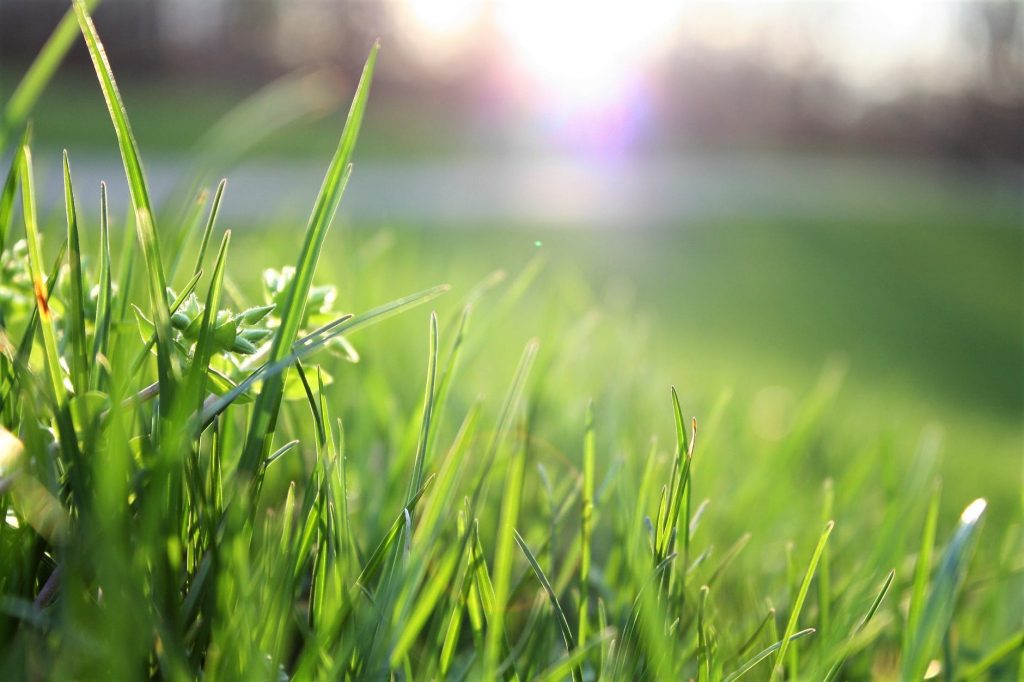By Josie Knuth, Marketing & Communications Intern
Washed Ashore: Art to Save the Sea reveals the devastating impact plastic pollution has on local habitats of water species like Stanley the Sturgeon and Giacometti the River Otter.
Unfortunately, plastic isn’t the only pollutant swimming in the homes of Stanley and Giacometti. Algae, the smelly, green stuff you see floating in many lakes and rivers, threatens the approximately 3,500 species who call freshwater systems home.
The rapid growth of algae in our local water systems is a consequence of nutrient pollution, one of the biggest issues facing the Great Lakes today.
Here’s more about nutrient pollution and its effect on the environment, economy, and human health. More importantly, discover what you can do (or do differently) to reduce your nutrient pollution footprint.
NUTRIENT POLLUTION
Nutrient pollution is the process by which excessive amounts of nutrients, mainly nitrogen and phosphorus, leak into waterways and act like fertilizers, causing rapid algae growth. The overabundance of these nutrients is harmful to the environment and our health.
Nutrients such as phosphorus and nitrogen originate from natural sources such as fertile soils, decomposing plant material, and wildfire wastes. Nitrates are transported in groundwater and streams and excessive amounts of nitrogen can cause health problems. Phosphates are not as easily transported via water, but they attach to soil particles and erosion carries it to streams and lakes.
SOURCES OF POLLUTION
There are two possible source points of nutrient pollution. Discharges leak into the environment through a discrete pipe and non-point sources flow via runoff on land when it rains.
The biggest contributor of nutrient pollution is agriculture involving fertilizer, soil erosion, and animal manure. These nutrients are necessary to grow crops, but when extra nutrients are not used by plants in the fields, they wash away and pollute water.

Storm water and waste water are also to blame. When it rains, fertilizers and other nutrients in the environment run off driveways, sidewalks, and streets, down storm drains, and into the nearby lakes and rivers. Sewage and septic systems treat large amounts of water, but sometimes these nutrients slip through and get discharged into waterways.
Your home can also be a source of nutrient pollution. Everyday household items leak into the environment so we have to be careful what and where we are using certain products.
ALGAE
The overabundance of nutrients in water causes a rapid growth of algae. Algae are a nonflowering aquatic plant including types of seaweeds and many single-celled forms. Most algae contain chlorophyll which gives it its green coloring like many other plants. However, it doesn’t have stems, roots, leaves, or vascular tissue.
Algae play an important role in aquatic ecosystems as they provide an energy base for the food web. However excessive amounts of it is harmful to the environment. Algae feed on the nutrients so the more nutrients in the water, the more it grows and spreads.
AQUATIC “DEAD ZONE”
When algae die, they sink to the bottom and are decomposed by bacteria. In addition, algae blanketing the surface blocks sunlight from reaching plants at the bottom. As a result, these plants eventually die and decay.
Decomposition of these plants requires dissolved oxygen in the water. If algae is abundant, more oxygen will be taken from the water. This creates low levels of oxygen for fish, crabs, oysters, and other aquatic animals and forms a hypoxic area, or “dead zone.”


HARMFUL ALGAE BLOOMS
Unsightly green water and unpleasant odors aren’t the only negative effects of algae blooms.
Cyanobacteria blooms, also called Harmful Algae Blooms (HABs), grow rapidly and are toxic to aquatic life and humans. These blue-green algae like to form in warm, slow moving water and can look like foam, scum, paint, or mats on the surface of the water.
Lake Erie experiences some of the worst HABs. These blooms appear in July to October and threaten the drinking water of 11 million people.


PC: Greatlakesecho.org
The economic damages of algae blooms are significant. A loss of recreational revenue, decreased property values, and increased costs to treat drinking-water pose challenges to cities located near these blooms.
HOW YOU CAN HELP
It’s very likely you don’t have control over excess nutrients from agriculture or discharges from waste water treatment plants, but there are things you can do in and around your home to help reduce nutrient pollution.
Fertilize responsibly. Apply the recommended amount of fertilizer only when necessary, and avoid applying on windy or rainy days and in places close to waterways. Do not overwater your lawn or garden as overwatering will carry away nutrients. Read this blog for tips on how to properly water your garden.


Plant a rain garden and other native plants. Native plants, trees, and shrubs don’t need fertilizer and reduce runoff by soaking up storm water and the nitrogen that often flows with it. Direct downspouts to rain gardens or other plant beds so plants can absorb excess nutrients. Read this blog if you’re interested in planting a rain garden.
Pick up pet waste. Animal waste contains nitrogen and bacteria that pollute water. Pick it up so these nutrients don’t flow into nearby waterways.
Control your lawn clippings. Don’t blow grass clippings or leaves onto the street. Your yard waste contains nitrogen so we don’t want it polluting our waterways. Put all yard clippings and leaves in mulch or compost for your garden, and it will serve as a natural fertilizer.


Use a commercial car wash. Commercial car washes properly dispose of used water. Meanwhile at home, soapy water runs off your car, onto the driveway, and flows into the nearest storm drain. If you wash your car at home, wash it on grass or similar surface and use nontoxic and phosphate-free soap.
Be smart with your cleaning supplies. Use phosphate-free detergents, soaps, and household cleaners. It’s also helpful to be conscientious of how you wash your clothes and dishes. Use the proper setting on your laundry machine for your load size and use the right amount of detergent. Only run your washer when you have a full load.
Like nearly all other types of pollution, nutrient pollution is preventable. Make a change to your routine today and contribute to a cleaner future for waterways and the lives of local water species.
Visit Washed Ashore: Art to Save the Sea and get inspired to make a difference. It’s included with Garden admission and open daily from 9 am-8 pm through August and 9 am-6:30 pm through September 26.
Sources












